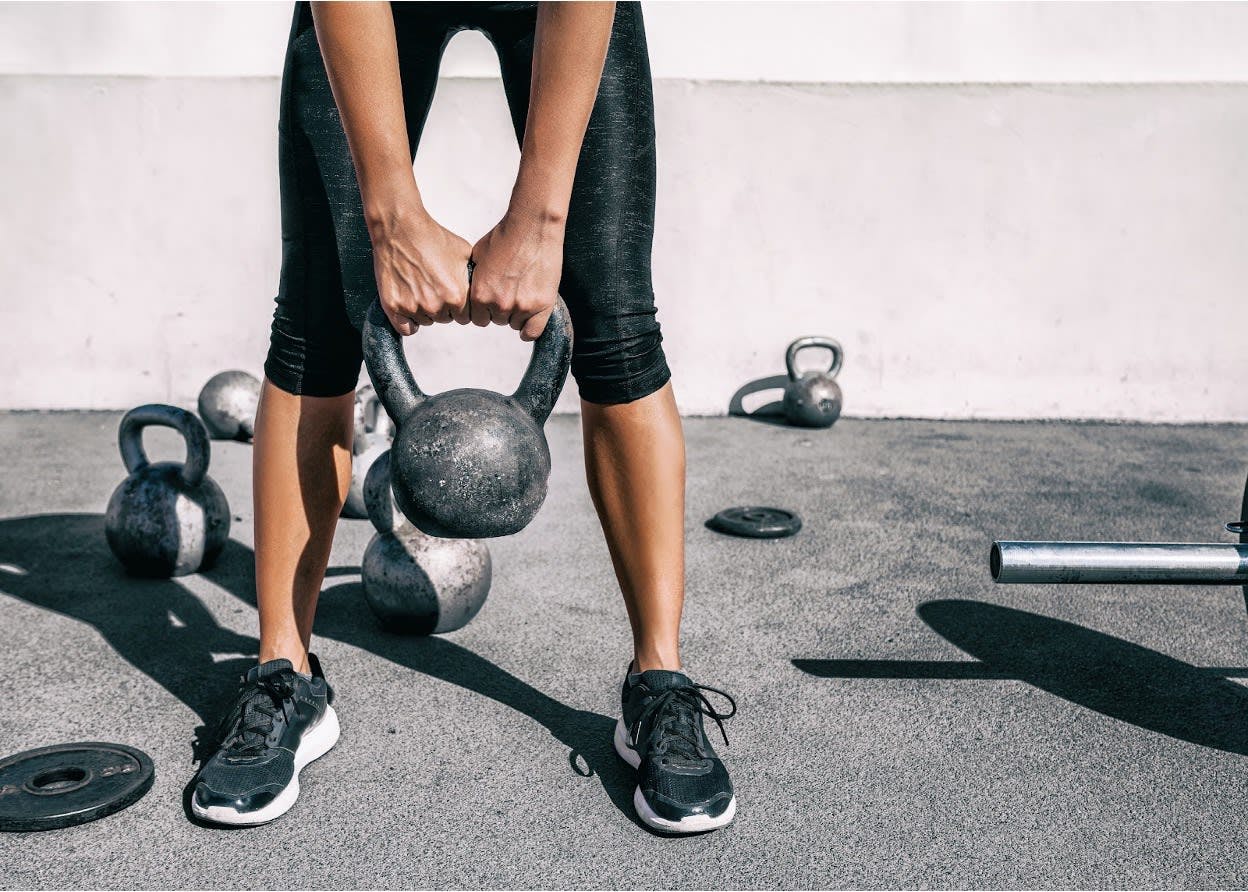When it comes to avoiding strength training, you may draw on a mental list of excuses you've honed over the years: You're too old, have no time, hate gyms, fear injuries, don't want to "bulk" up, and on and on. Yet those excuses are not only off the mark; most have little or no connection with reality.
NNOXX compiled a list of 10 leading myths about strength training and debunked them using information from various scientific and medical sources. Freeing yourself from these myths should quash the excuses you've been making and replace them with the realization that strength training at any age is possible.
Strength training—also called weight or resistance training—is beneficial whether you're young or old, weak or strong, and, unlike some other forms of exercise, can yield results in a fairly short amount of time, helping you burn more calories and reducing the odds of developing many major illnesses and medical conditions.
While it is common to worry about experiencing pain, developing injuries, losing flexibility, or getting too ripped, all are avoidable. And what's more, the idea that you must pay for a gym or trainer to begin or sustain a strength training regimen is—you guessed it—simply inaccurate. So, pump it up!

